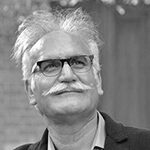
Florence University Member

ST China University Member

Augsburg University Memeber

Turin University Memeber

Turin University Memeber

Florence University Member

Marmara University Member

Tehran University Member

Dean Of IIARCH Member

Guatemala University Memeber
The concept of design in the modern era was formed by the pioneers of the design movement in the 19th century and especially by the “Arts and Crafts Movement” due to the evolution and transformation in applied arts and a kind of conscious reaction and protest of artists against the rapid industrialization at that time. . The goal of modern design, which Bauhaus pioneered and taught, was to produce works that combined the human, rational, practical, commercial, and aesthetic aspects through an artistic endeavor and the exploitation of new technology that matched 20th century life. slow
Design in the 20th century has been prominent as a characteristic of culture and life. In today’s era, design, which is understood and defined in most parts of the world as ideation and planning for all man-made products, can basically be viewed as a tool to improve the quality of life. The purpose of design is to solve problems, respond to needs, improve conditions, or create something useful or new. In the 21st century, we are facing huge developments in the world of technology, which has changed the direction of design in recent years. The process of rapid change and competitive conditions in the current era have made success and survival very difficult for designers, and this category reveals the necessity of thinking about the future of design.
society. As the name implies, this field is larger than considering works or art or design as separate artifacts and seeks to examine the cultural networks in which these artifacts play a role. This reflects the impact of material culture studies and visual and cultural studies on the history of art and design. Design as an expression of culture (is) is to consider the cultures that we have inherited from the past and should be given for the benefit of future generations, so that the past and the future, tangible and intangible, innovation and tradition are intertwined. This is a time when opportunities for knowledge sharing and dissemination are essential to cope with future cultural, social, economic, technological and industrial change through design and research training.
The Secretariat of the International Conference on Design is proud to invite all specialists, experts, students, researchers and scientists of scientific, research and industrial centers to participate in this important international event by participating in various programs of the conference and presenting the latest scientific and executive achievements. Provide the ground for achieving the above goals.
Turin is a city and an important business and cultural centre in Northern Italy. It is the capital city of Piedmont and of the Metropolitan City of Turin, and was the first Italian capital from 1861 to 1865. The city is mainly on the western bank of the Po River, below its Susa Valley, and is surrounded by the western Alpine arch and Superga Hill. The population of the city proper is 847,287 (31 January 2022) while the population of the urban area is estimated by Eurostat to be 1.7 million inhabitants. The Turin metropolitan area is estimated by the OECD to have a population of 2.2 million.
The city used to be a major European political centre. From 1563, it was the capital of the Duchy of Savoy, then of the Kingdom of Sardinia ruled by the House of Savoy, and the first capital of the Kingdom of Italy from 1861 to 1865. Turin is sometimes called “the cradle of Italian liberty” for having been the political and intellectual centre of the Risorgimento as well as the birthplace of notable individuals who contributed to it, such as Cavour. Although much of its political influence had been lost by World War II (having been a center of anti-fascist movements during the Ventennio including the Italian resistance), Turin became a major European crossroad for industry, commerce and trade, and is part of the “industrial triangle” along with Milan and Genoa. It is ranked third in Italy, after Milan and Rome, for economic strength. With a GDP of $58 billion, the city is the world’s 78th richest by purchasing power. As of 2018, the city has been ranked by GaWC as a Gamma-level global city. Turin is also home to much of the Italian automotive industry, hosting the headquarters of FIAT, Lancia and Alfa Romeo.

The University of Turin or often abbreviated UNITO) is a university in the city of Turin in the Piedmont region of northwestern Italy. It is one of the oldest universities in Europe and still plays an important role in research and education. According to the latest information by ANVUR, the university is consistently ranked among the top 5 Italian universities and is ranked 3rd for research activities in Italy.
The University of Turin was founded as a studium in 1404, under the initiative of Prince Ludovico di Savoia. From 1427 to 1436 the seat of the university was transferred to Chieri and Savigliano. It was closed in 1536 and reestablished by Duke Emmanuel Philibert thirty years later. It started to gain its modern shape following the model of the University of Bologna, although significant development did not occur until the reforms made by Victor Amadeus II, who also created the Collegio delle Province for students not natives of Turin.
With the reforms carried out by Victor Amadeus II, the University of Turin became a new reference model for many other universities. During the 19th century, the University faced an enormous growth in faculty and endowment size, becoming a point of reference of the Italian Positivism. Notable scholars of this period include Cesare Lombroso, Carlo Forlanini and Arturo Graf.
In the 20th century, the University of Turin was one of the centres of the Italian anti-fascism. After the post-war period, the increase in the number of students and the improvement of campus structure were imposing, although losing some of its importance until a new wave of investments was carried out at the end of that century. The new impulse was performed in collaboration with other national and international research centres, as well as with local organizations and the Italian Minister of Public Instruction.
By the end of the 1990s, the local campuses of Alessandria, Novara and Vercelli became autonomous units under the new University of Eastern Piedmont.
Educational
University and society interaction;








Afam Events, a subsystem of “Afam Art Institution’s Holdings”, was established in 2012 by the efforts of a group of the Iranian professors and statesmen. With its slogan of “everyone has a right to choose”, the system founded a well-equipped secretariat for the entire scientific and business events and it has been able to assemble an effective, dynamic and successful secretariat with the inter-organizational and extra-organizational collaborations.